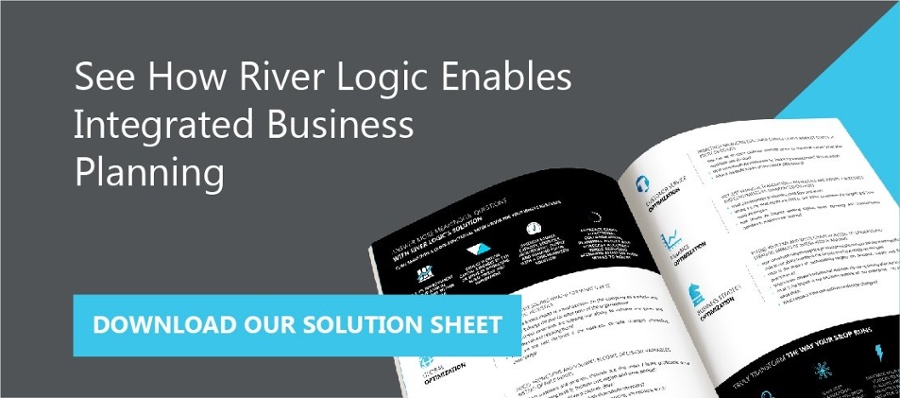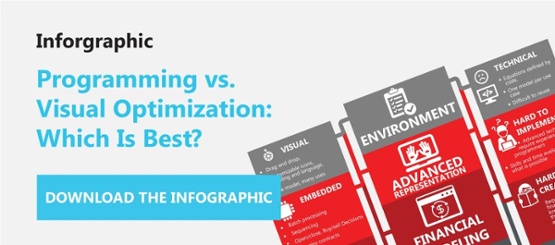The supply chains of omni channel retailers operating brick-and-mortar and online stores need to simultaneously fulfill multiple, sometimes conflicting, requirements. Here are nine things you may not have known about an omni channel supply chain.
1: Omni Channel Is Not the Same as Multichannel
Although the terms multichannel and omni channel are often used interchangeably, there are distinct differences. Multichannel refers to multiple supply chains used to satisfy each type of shopping experience. Each channel is separate. The online catalog is different from items stocked in physical stores, and pricing may differ. Each store has its own stock, often jealously guarded, and the organization’s online store is a separate entity from retail stores.
Omni channel supply chains are completely different in that there’s only one supply chain. Information is freely shared and visible. The online catalog is the same as that used in physical stores and shows online stock levels as well as stocks in nearby stores. As items are sold, overall stock levels are adjusted. Prices are the same and customers can visit stores to see items and later buy them online. There’s only one software platform, and it’s used by all.
2: Omni Channel Forces Retailers to Re-organize Supply Chains
An omni channel supply chain needs to be flexible and able to supply bulk orders to stores and individual items to online shoppers. These need not be mutually exclusive provided careful attention is paid to the supply chain network. Important decisions include where inventory is stored and how orders are processed and shipped. Omni channel tends to support multiple regional distribution centers rather than large centralized ones and places greater reliance on third-party distributors to supply stores and ship directly to customers. There’s always a trade-off to be made between agility, service levels and distribution cost.
3: Omni Channel Needs Integrated Supply Chain Platforms
It’s impossible to manage an omni channel supply chain without an integrated software platform that incorporates all aspects of the business. Each aspect of the supply chain be integrated, as well as all functions throughout the organization from marketing, sales, procurement and logistics. Bolt-on solutions don’t work. Key elements include:
- Full visibility
- Forecasting capabilities
- Inventory planning
- Order management
- Fast stock replenishment strategies

4: Omni Channel Retailing Breaks Down Silos
Omni channel retailing, supported by an integrated platform, is effective in breaking down business and functional silos so common with multichannel retailing. It does this in several ways. Because information is shared, it’s impossible for a division, functions or individuals to control the supply of information, materials or sales. Data silos just can’t exist. Similarly, a transparent supply chain breaks down supply chain silos. Because customers have the freedom and flexibility to browse online, visit local stores and place orders when and where they want, retail silos collapse. As these silos disappear, so information flows freely, allowing increased agility and competitiveness.
5: Omni Channel Supports an Interchangeable Customer Experience
A major advantage of the omni channel supply chain is that it affords an interchangeable customer experience. From a customer’s point of view, the online store and street store are part of the same whole. This includes the ability to initiate purchasing from a mobile platform, continue using a browser and complete the transaction in a physical store. Also, a true omni channel supply chain allows customers to return items purchased online to the nearest store and receive credit immediately. A key factor for fostering customer loyalty is to make the customer experience as pleasant and stress-free an experience as possible.
6: Customers Expect More from Omni Channel Retailing
Offering customers an omni channel experience means more than simply launching an online store. According to a UPS survey, customers demand better service when using omni channel retailers. UPS reports that nearly 40 percent of shoppers use more than one channel when making purchases and nearly 18 percent of sales are initiated from mobile devices.
This means retailers need to work hard at offering flawless omni channel shopping experiences to their customers. This includes features such as:
- Seamless shopping experience
- Same-day deliveries
- Flexible delivery options
- Specific delivery times
- Easy goods return and exchange
- Buy online, collect in store
- Free delivery
It’s crucial for future sales growth that omni channel supply chains are set up in such a way that customers get the service they expect.
7: An Omni Channel Supply Chain Forces a Complete Rethink of How the Business Operates
While it appears easier to run different sales channels as separate entities (multichannel supply chain), each with its own focus, the downsides include:
- Lost sales opportunities because stock is inaccessible
- Duplication of effort
- Customer frustration
- Lack of flexibility
Organizations need to restructure their supply chains to reap the full benefits of the omni channel supply chain. This extends beyond logistics into sales, marketing, procurement and IT. An integrated supply chain solution is essential for a seamless transition between each channel in terms of customer satisfaction, as well as allowing effective management of the supply chain, retail and online stores.
8: True Omni Channel Supply Chains Are Agile
Providing inventory at the right place and time is a critical ingredient for success. In the context of retail stores, effective demand forecasting systems together with agile distribution systems ensure retail stores have adequate stock to meet demand and an ability to replenish stock quickly. For online sales, it means having stock available in locations as close as possible to customers’ delivery addresses to minimize logistic costs. In both instances, carrying excess stock is costly and inefficient. What’s needed is supply chain agility together with analytics that help determine future demand with some degree of accuracy and an ability to balance conflicting demands while managing distribution costs.

9: Optimization Solutions Help Streamline Operations
It’s clear there are multiple, often conflicting, variables to consider with omni channel supply chains. This is beyond the capabilities of standard business analytics that report past performance. What’s needed is credible forward-looking information together with an ability to make informed, data-driven decisions.
In part, this requirement may be met with predictive analytics that provide insight into what will happen in the future. Examples include sales forecasting and buying trends. But more importantly, omni channel retailers need the insights of prescriptive analytics which analyze internal and external data and optimization processes to determine the right supply chain decisions.
Getting the Best from Your Omni Channel Supply Chain
It’s essential to understand omni channel supply chains are markedly different from multichannel supply chains, their forerunner. A true omni channel retailing experience entails a complete rethink of how you run your business. Barriers and silos need to be broken down with integrated supply chain solutions that offer full visibility as well as supply chain agility. Many tough logistics decisions must be made. Companies must work hard to provide a seamless customer experience that matches or even improves customers’ expectations. Most importantly, omni channel businesses need sophisticated business analytics that deliver answers to critical business decisions, helping differentiate the business and fulfill customers’ expectations.




